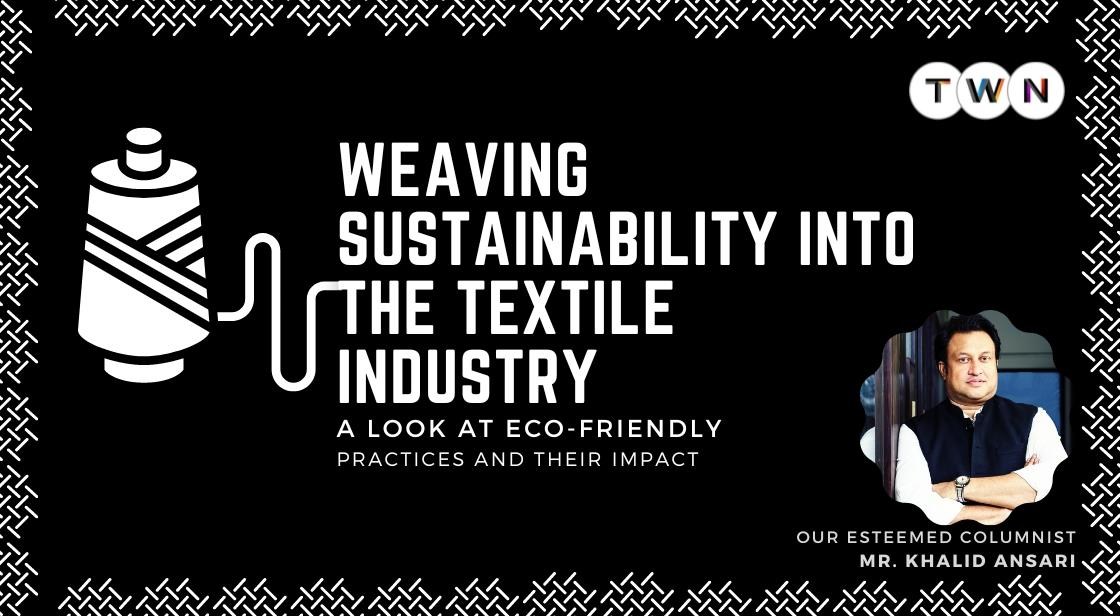Weaving Sustainability into the Textile Industry: A Look at Eco-Friendly Practices and their Impact
Imagine a world where your favorite pair of jeans or that uber-soft cotton tee you simply can't part with are no longer the baddies in a story about environmental degradation. The textile industry, long known for its less-than-stellar environmental footprint, is finally getting a green makeover.
Weaving sustainability isn't just a catchy phrase. It's an eco-friendly revolution transforming the textile sector, stitch by stitch, into a beacon for sustainable practices.
"The fabric of our future lies not in synthetics, but in sustainable, earth-friendly textiles."
Join us as we unravel the threads of this story, examining how the industry is embracing eco-friendly practices, driving sustainability, and impacting the global green movement. If you've ever wondered about the journey your clothes take from field to hanger, this is a read you won't want to skip. trailblazing change, one stitch at a time
Revolutionizing the Textile Industry: A Comprehensive Look at Sustainable Practices
Ever heard of the saying, "Old ways won't open new doors"? Well, the textile industry seems to be taking this to heart and saying goodbye to traditional manufacturing methods. They're embracing the green revolution head-on, weaving sustainability right into the fabric of their business models.
It's no secret that the textile industry has been a significant polluter. The resources it consumes, the waste it generates, and its carbon footprint have been causing alarm bells to ring around the globe. Today, however, responsible textile production is no longer an option – it's a necessity.
The industry is stepping up to meet the increasing demand for sustainable products. Consumers are more enlightened and, importantly, willing to make choices that reflect their commitment to the environment. This shift is driving the industry to reevaluate, reimagine, and reinvent its practices.
The Green Makeover
So, what does this green makeover look like? It's about adopting practices that minimize environmental impact, promote social responsibility, and still deliver products that meet consumers' expectations.
Material Sourcing: Increasingly, brands are opting for organic fibers, recycled materials, and plant-based dyes. This provides a viable alternative to synthetic fibers and harmful chemical dyes.
Water Conservation: Innovative technologies are being implemented to reduce water use in production processes. New dyeing techniques, for example, can save up to 80% of water.
Energy Efficiency: From solar-powered factories to energy-efficient machinery, the industry is making strides in reducing its energy consumption.
The Ripple Effect
The transformation of the textile industry is creating ripples beyond its boundaries. It's influencing other sectors to consider their environmental footprints and inspiring a global green movement.
No, the journey isn't easy, and full-fledged transformation will take time. However, every eco-friendly thread spun, every meter of sustainable fabric woven, brings us one step closer to a greener future.
Read This Full ARTICLE, Click Here



